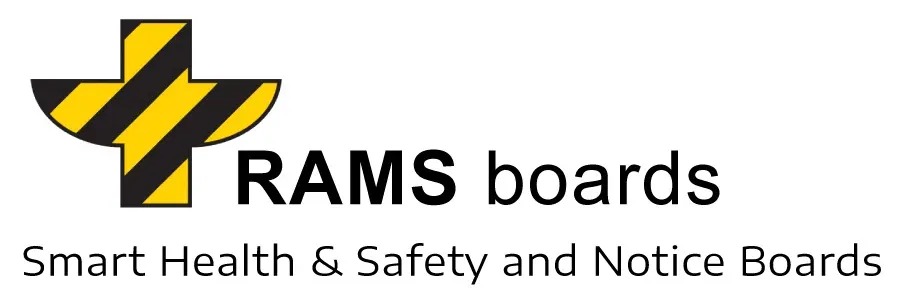Enhancing Maritime Safety and Operations with RAMS boards: The Case of Remote Lighthouses and Buoy Maintenance Points
Maritime stations, including remote lighthouses and buoy maintenance points, play a crucial role in ensuring the safety of maritime navigation. However, their remote locations and the nature of maritime operations pose unique challenges. In this context, RAMS (Risk Assessment and Method Statement) Boards have emerged as a vital tool for enhancing safety and operational efficiency. This article explores the use cases of RAMS boards in maritime stations, underscoring their significance in these critical maritime environments.
Unique Challenges at Maritime Stations
Maritime stations, particularly those located in remote areas, face a range of challenges that affect their operations:
| Challenge | Description |
|---|---|
| Harsh Weather Conditions | Exposed to extreme weather, including high winds and waves, which can impact safety and operations. |
| Isolation | Remote locations make access difficult, impacting maintenance and emergency response. |
| Communication Limitations | Limited access to regular communication channels, crucial for safety and operational updates. |
| High Safety Risks | Working in maritime environments involves risks like slips, falls, and drowning. |
| Dynamic Work Environment | The changing nature of the sea and weather conditions requires constant updates and adaptability. |
The Role of RAMS boards in Maritime Stations
RAMS boards address these challenges by providing a robust and reliable platform for safety and operational communication:
- Enhanced Safety Communication: They display vital safety information, including emergency procedures and hazard warnings, which are crucial in high-risk maritime environments.
- Operational Efficiency: By centralizing information, RAMS boards facilitate quick access to operational updates, weather forecasts, and safety protocols, leading to improved efficiency in maintenance and operations.
- Adaptable to Changing Maritime Conditions: The boards can be easily updated to reflect changes in weather conditions and maritime operations, ensuring that the information remains current and relevant.
- Emergency Preparedness: In remote areas, having accessible emergency contact information and procedures is critical. RAMS boards play a vital role in ensuring this preparedness.
- Worker Training and Compliance: They also serve as a tool for ongoing worker training and reminders about compliance with maritime safety standards.
Case Studies: RAMS boards at Maritime Stations
- Remote Lighthouse: At a lighthouse on a rugged coastline, RAMS boards could be used to display safety protocols for working at height, weather warnings, and emergency evacuation procedures.
- Buoy Maintenance Point: In a buoy maintenance operation in a remote area, the board will provide crucial information on tide schedules, safety protocols for working on the water, and emergency contacts.
The Benefits of RAMS boards in Maritime Stations
| Benefit | Description |
|---|---|
| Safety Enhancement | Ensures continuous visibility of safety procedures and emergency contacts, critical in maritime environments. |
| Information Centralization | Provides a single point of reference for all operational and safety-related information, crucial in isolated locations. |
| Adaptability | Can be quickly updated to reflect changes in maritime operations or environmental conditions. |
| Durability | Built to withstand harsh maritime conditions, ensuring longevity and reliability. |
| Compliance and Training | Facilitates ongoing training and reinforces compliance with maritime safety standards. |
Summary
RAMS boards have proven to be an invaluable asset in maritime stations, particularly in remote lighthouses and buoy maintenance points. Their ability to provide clear, visible, and up-to-date safety and operational information is vital in these challenging maritime environments. These boards not only enhance the safety of the personnel working in these stations but also contribute to the overall efficiency and effectiveness of maritime operations.
The integration of RAMS boards into maritime station operations underscores a commitment to maintaining high safety standards and operational efficiency. As maritime activities continue to face challenges posed by remote locations and dynamic environmental conditions, the role of RAMS boards will remain essential, ensuring the safety and efficiency of these critical points in maritime navigation.
